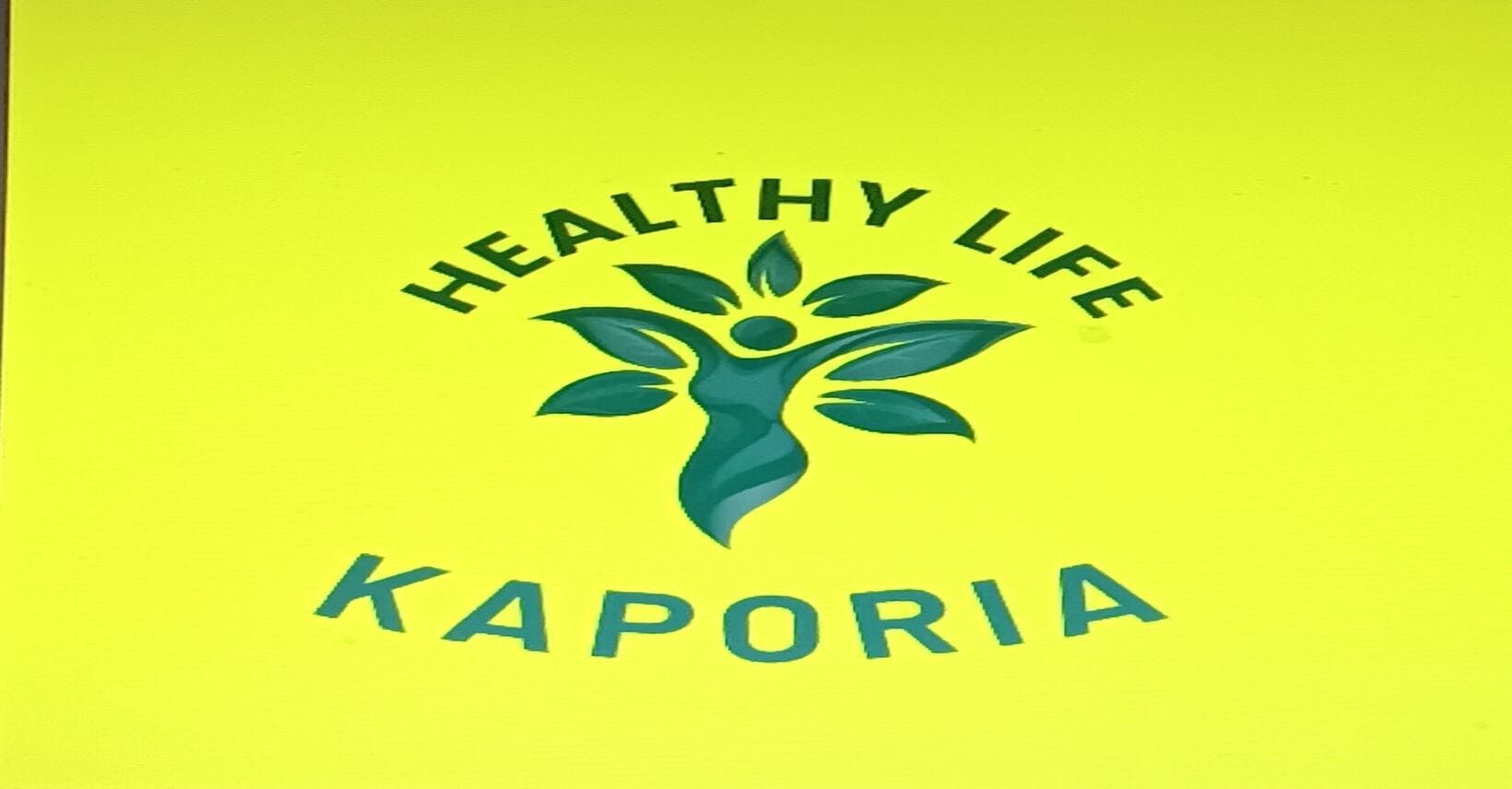[ad_1]
‘Is it child blues or perinatal despair?’ This is perhaps a query requested by loads of ladies throughout the perinatal interval (from the beginning of being pregnant to a 12 months after the start of a kid). In keeping with the Diagnostic and Statistical Guide of Psychological Issues-Fifth version (American Psychiatric Affiliation, 2013), perinatal despair is outlined as a significant depressive episode with onset throughout being pregnant or inside 4 weeks after supply.
Perinatal despair is tough to detect (Cox et al., 2016; El-Den et al., 2015). One motive is that frequent somatic or behavioural signs skilled by ladies throughout being pregnant and motherhood, comparable to fatigue, change in urge for food and sleep patterns, make it tough for clinicians or pregnant ladies to tell apart them from depressive signs (Yonkers et al., 2009). In consequence, a big variety of ladies with perinatal despair go untreated. As an illustration, Cox et al., (2016) reported that fifty to 70% of girls with perinatal despair have been undetected and 85% have been untreated in the USA.
Lately, extra pointers on perinatal despair screening have been developed and place the duty for screening perinatal despair on healthcare professionals (El-Den et al., 2015). Nevertheless, analysis on pointers for psychological and psychosocial evaluation and intervention throughout the perinatal interval, coated in this blog, has discovered that though key suggestions have been constant amongst pointers, the standard of pointers different. Furthermore, the implementation of scientific pointers throughout the perinatal interval in scientific observe nonetheless stays under-researched.
This evaluate by Yang et al., (2024) aimed to guage the present suggestions for perinatal despair screening and look at whether or not there are any discrepancies between pointers’ suggestions and present analysis or scientific observe.

You will need to look at the hole between perinatal despair screening pointers and what we’re truly doing in observe.
Strategies
The protocol of this evaluate was pre-registered and the examine was carried out based on the PRISMA guidelines. The reviewers carried out two searches overlaying publications in English and Chinese language from 1 January 2010 to 19 December 2021.
First, the evaluate searched 15 databases to determine observational research that both i) focussed on perinatal despair or ii) investigated perinatal despair screening or iii) explored the prevalence of perinatal despair utilizing validated measures. Research that targeted on particular teams of girls or utilizing strategies for despair screening aside from validated scales have been excluded.
Second, related tutorial organisations’ web sites, such because the Scottish Intercollegiate Guidelines Network, National Institute for Health and Care Excellence and World Health Organisation, have been searched to determine pointers, suggestions and reviews associated to perinatal despair screening.
4 reviewers carried out the title and summary screening adopted by analyzing the eligibility of the research. The chance of bias of the included research was then assessed following the related Joanna Briggs Institute (JBI) frameworks.
Outcomes
Abstract of pointers
Forty-seven paperwork associated to pointers for perinatal despair screening have been included within the evaluate with the bulk from high-income international locations besides one from China. Most pointers (all however one) really helpful routine screening and conducting screening at the least as soon as throughout the perinatal interval. The vast majority of the rules additionally really helpful utilizing validated screening instruments and inspired healthcare referrals for these with optimistic screening outcomes or a historical past of psychiatric diseases.
Nevertheless, there have been vital variations within the pointers. When it comes to the timing of screening, for antenatal despair, suggestions ranged from first, second and third trimesters, while for postpartum despair, first screening suggestions ranged from 6 weeks to six months with subsequent screenings at 3, 6, 9, 12 months postpartum. There was little consensus on most popular screening modalities, screening personnel and screening settings with half of the rules not offering suggestions for screening modalities and settings.
Adherence to pointers
103 unique research, together with cross-sectional research, cohort research, case-control research and prevalence research, have been examined with most carried out in upper-middle to high-income international locations and 28 from low and middle-income international locations. In keeping with danger of bias evaluation, the cross-sectional research have been largely good high quality while the prevalence research had a comparatively excessive danger of bias. The standard of the cohort research and case-control research couldn’t be concluded as a consequence of restricted pattern sizes.
The evaluate outcomes confirmed that there have been vital discrepancies between the implementation of pointers and pointers suggestions when it comes to routine screening, referrals and timing and frequency of screenings.
First, relating to routine screening, though all pointers besides one really helpful routine screenings, solely 8.7% of the research reviewed carried out routine screening. Furthermore, the small print of screening have been poorly reported with solely two research reporting the screening and completion charges. With most research targeted on one-time screening, the outcome implies that there is perhaps a scarcity of adoption of routine screening in scientific observe.
Second, a disparity was proven between pointers and implementation relating to routine referrals with solely 27.2% of the unique research offering referrals for moms with optimistic screening outcomes along with few research referring moms with a historical past of extreme psychological sickness.
Third, most pointers advocate having perinatal despair screening at their first perinatal go to. Nevertheless, solely 22.2% of research reported conducting screening throughout the first trimester.

Regardless of pointers recommending routine screening for perinatal despair, slightly below 9% of the research included on this evaluate confirmed proof of this taking place.
Conclusions
The authors famous there have been variations relating to the timing and frequency of perinatal despair screening and a consensus of getting routine screening and referrals in current worldwide perinatal despair pointers. Nevertheless, based on this evaluate, routine screening and referrals have been not extensively adopted in scientific observe.

In keeping with this evaluate, routine screening and referrals for perinatal despair have been not extensively adopted in scientific observe.
Power and limitations
The evaluate offers a helpful abstract of perinatal despair screening throughout totally different international locations. By analyzing pointers and unique research in each English and Chinese language, it allowed extra research carried out in non-Western international locations to be included, therefore, growing the evaluate’s cultural representativeness. Nevertheless, given most pointers have been from high-income international locations, it could be extra appropriate to look at the implementation of pointers in low- to middle-income international locations based on their very own pointers since their healthcare programs and financial scenario could also be totally different from these in high-income international locations.
When it comes to methodology, the evaluate was pre-registered in accordance with greatest observe and adopted the gold commonplace – PRISMA pointers. The examine choice was clearly reported. Furthermore, the standard evaluation was carried out based on the Joanna Briggs Institute (JBI) framework and inter-rater reliability was reported. This strengthens the reliability of the findings of the included research. Nevertheless, given the questionable high quality of the included prevalence research, cohort research and case-control research, the interpretation of the included research’ outcomes requires warning. Furthermore, the evaluate didn’t state the authors of the included research have been contacted for unpublished research, which makes the evaluate extra liable to publication bias.
Moreover, the evaluate has included 103 unique research that target perinatal despair screening or learning the prevalence of perinatal despair. Nevertheless, the small print of those research usually are not reported within the evaluate. As an illustration, there’s a lack of methodological particulars comparable to whether or not the examine was carried out in healthcare settings or whether or not it concerned supplier self-reports. Research have discovered that almost all suppliers are likely to overestimate their screening prevalence (Kim et al., 2009). It could be helpful to look at whether or not the included research have been suppliers’ self-report or carried out in a healthcare setting in an effort to higher perceive the present scientific observe of perinatal despair screening.

The evaluate examined pointers and unique research in each English and Chinese language.
Implications for observe
The shortage of proof base on scientific effectiveness of perinatal despair screening along with the associated fee required (Reily et al., 2020) might clarify the shortage of implementation of routine screening regardless of pointers’ suggestions. Within the UK, regardless of the Nationwide Institute for Well being and Care Excellence (NICE) pointers recommending detection and evaluation of perinatal despair within the first contact with main care or early within the postnatal interval (NICE, 2023), the UK Nationwide Screening Committee (UKSNC) doesn’t advocate postnatal despair screening as a consequence of a scarcity of correct screening instruments and unclear scientific effectiveness of postnatal despair screening (UKSNC, 2019). Nevertheless, there’s rising proof supporting the acceptance of perinatal despair screenings (PDS) amongst healthcare professionals (El-Den et al., 2015) and the scientific effectiveness of PDS in bettering entry and engagement with psychological well being companies (Reilly et al., 2020). This reveals the necessity to develop the proof base for the scientific effectiveness of screening and likewise the effectiveness of screening instruments, such because the Edinburgh Postnatal Despair Scale, which will help pointers to determine probably the most appropriate screening device based mostly on the proof base and assist encourage routine screening to be carried out.
As a slight apart, earlier analysis has additionally demonstrated that despair screening instruments usually are not but ok to reliably detect postnatal despair in new Dads, as is demonstrated by this lived experience blog by the Psychological Elf Founder André Tomlin.
Along with routine screening, therapy of perinatal despair in a well timed method additionally depends on a scientific common referral course of and clear referral pathways to related companies after perinatal despair screening (Reilly et al., 2020). Nevertheless, this evaluate famous that systematic referral processes haven’t been extensively adopted in scientific observe. There may be additionally a scarcity of readability in regards to the referral standards, accountable healthcare professionals and companies to be referred to. Policymakers in numerous international locations must set clear pointers on referral standards, comparable to optimistic screening outcomes, and determine healthcare professionals and referral pathways based on the construction and desires of their healthcare system. This may facilitate the event of clear referral pathways in pointers and in scientific observe.

Extra proof supporting the validity and reliability of screening instruments is required for pointers to advocate appropriate screening instruments.
Assertion of pursuits
No conflicts of curiosity to declare.
Hyperlinks
Major paper
Yang, Y., Wang, T., Wang, D., Liu, M., Lun, S., Ma, S., & Yin, J. (2024). Gaps between present observe in perinatal despair screening and guideline suggestions: a scientific evaluate. Normal Hospital Psychiatry. https://doi.org/10.1016/j.genhosppsych.2024.04.011
Different References
American Psychiatric Affiliation. (2013). Diagnostic and statistical guide of psychological problems (Fifth ed.). https://doi.org/10.1176/appi.books.9780890425596
Cox, E. Q., Sowa, N. A., Meltzer-Brody, S. E., & Gaynes, B. N. (2016). The perinatal depression treatment cascade: baby steps toward improving outcomes. The Journal of scientific psychiatry, 77(9), 20901.
El-Den, S., O’Reilly, C. L., & Chen, T. F. (2015). A systematic review on the acceptability of perinatal depression screening. Journal of Affective Issues, 188, 284-303. [PubMed abstract]
Nationwide Institute for Well being and Care Excellence. (2020). How should I assess a women with depression in pregnancy or postnatally?. https://cks.nice.org.uk/topics/depression-antenatal-postnatal/diagnosis/assessment/#:~:text=NICE%20recommends%20a%20two%2Dstep,)%20%5BNICE%2C%202020%5D.
Purnell, L. (2024). A review of guidelines for perinatal mental health: psychological and psychosocial assessment and intervention. The Psychological Elf, July 2024.
Reilly, N., Kingston, D., Loxton, D., Talcevska, Ok., & Austin, M. P. (2020). A narrative review of studies addressing the clinical effectiveness of perinatal depression screening programs. Women and Birth, 33(1), 51-59. [ScienceDirect abstract]
UK Nationwide Screening Committee. (2019, February 27). Screening for antenatal and postnatal psychological well being issues. https://view-health-screening-recommendations.service.gov.uk/postnatal-depression/
Woody, C. A., Ferrari, A. J., Siskind, D. J., Whiteford, H. A., & Harris, M. G. (2017). A systematic review and meta-regression of the prevalence and incidence of perinatal depression. Journal of affective problems, 219, 86-92. [ScienceDirect abstract]
Yonkers, Ok. A., Smith, M. V., Gotman, N., & Belanger, Ok. (2009). Typical somatic symptoms of pregnancy and their impact on a diagnosis of major depressive disorder. Normal hospital psychiatry, 31(4), 327-333. [ScienceDirect abstract]
Photograph Credit
[ad_2]
Source link

